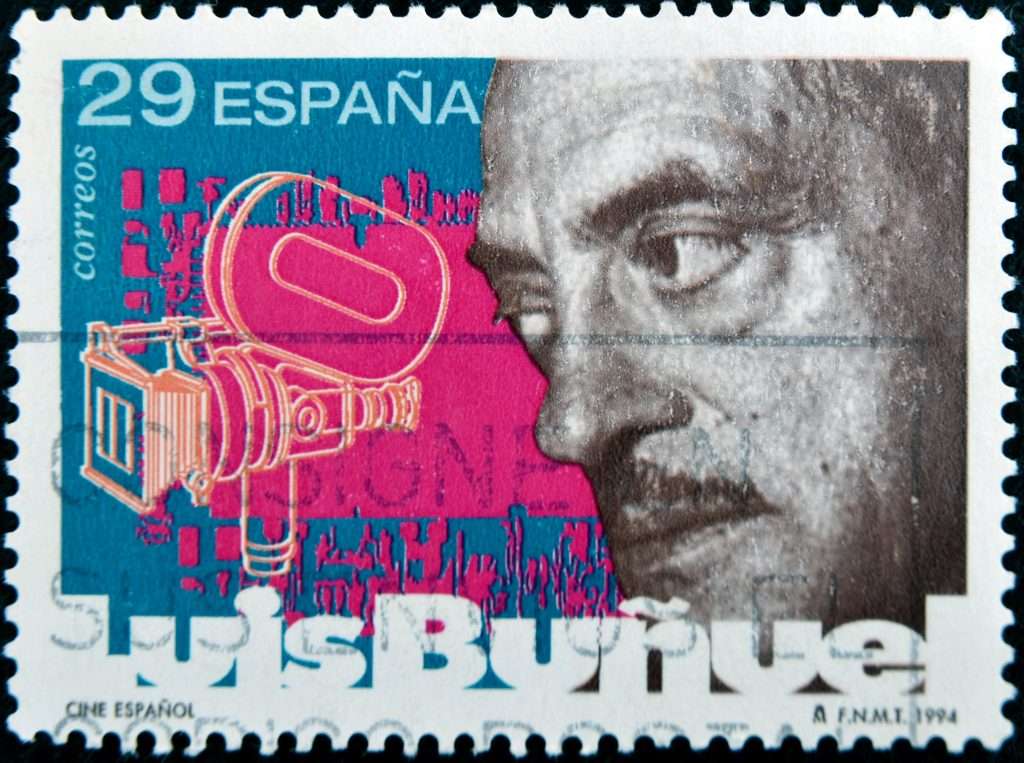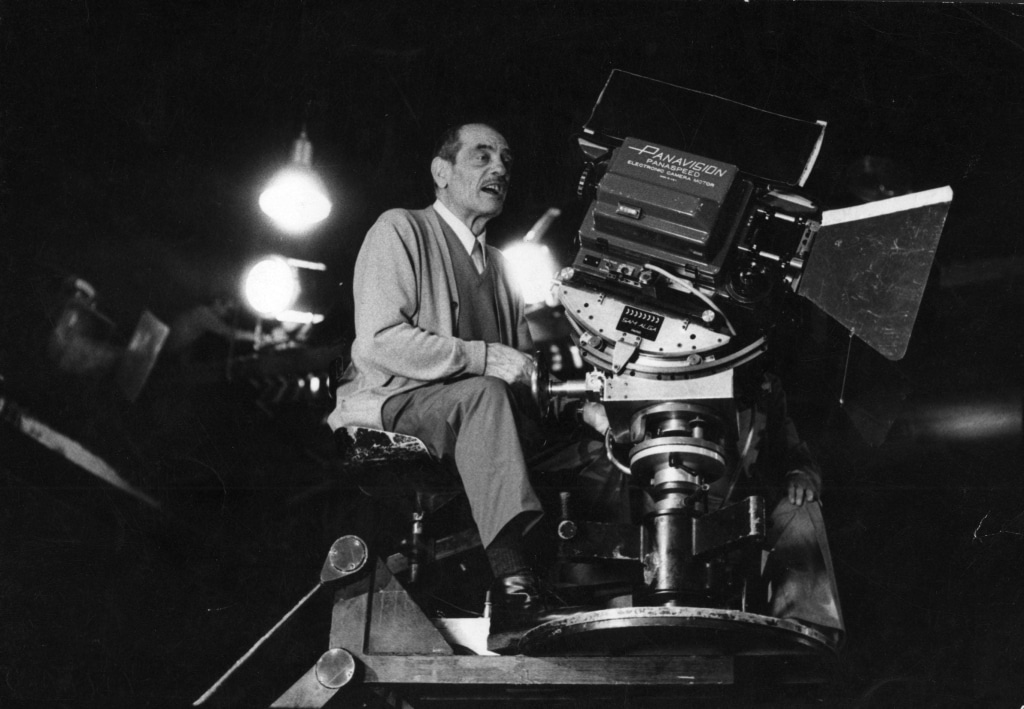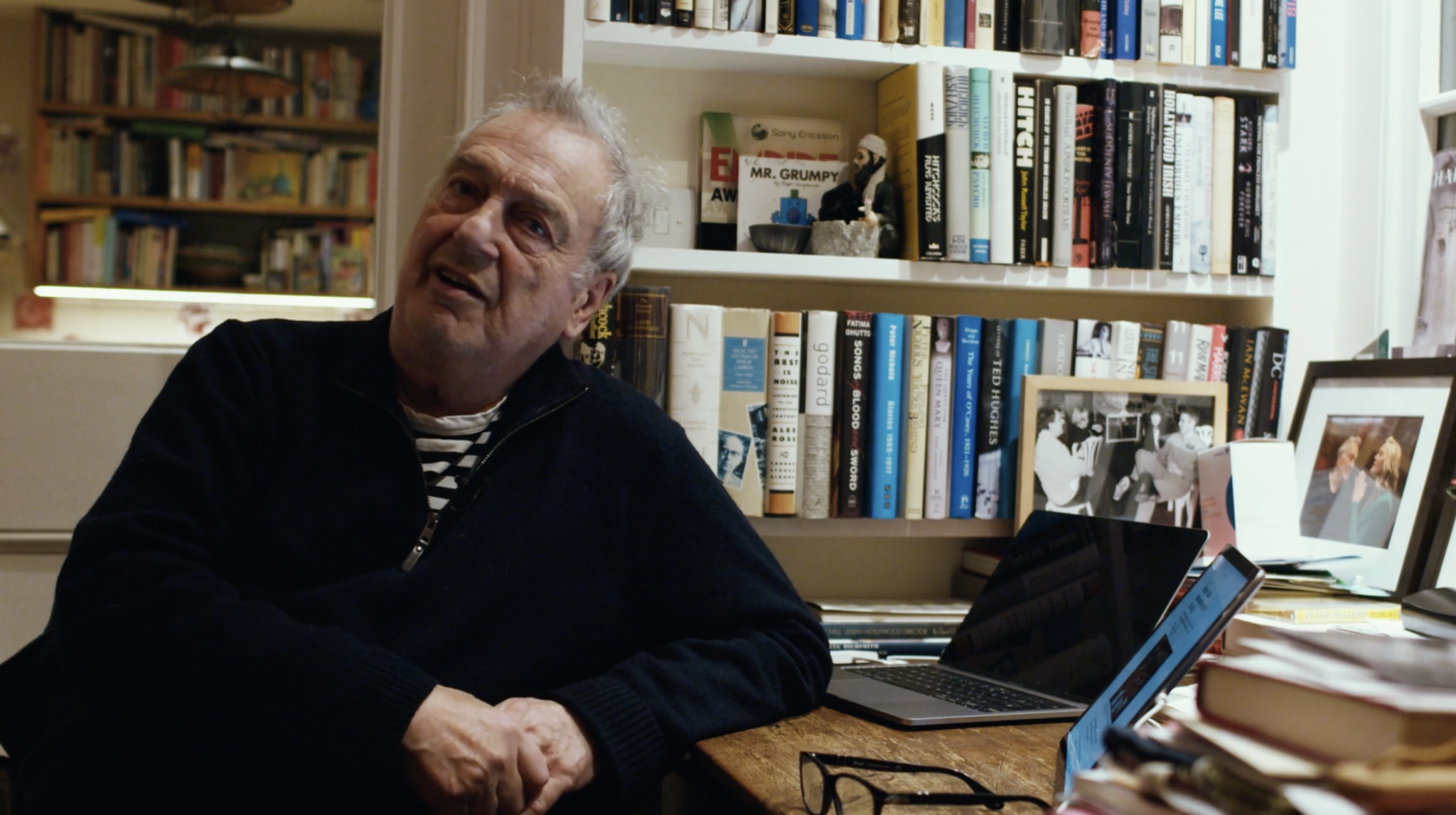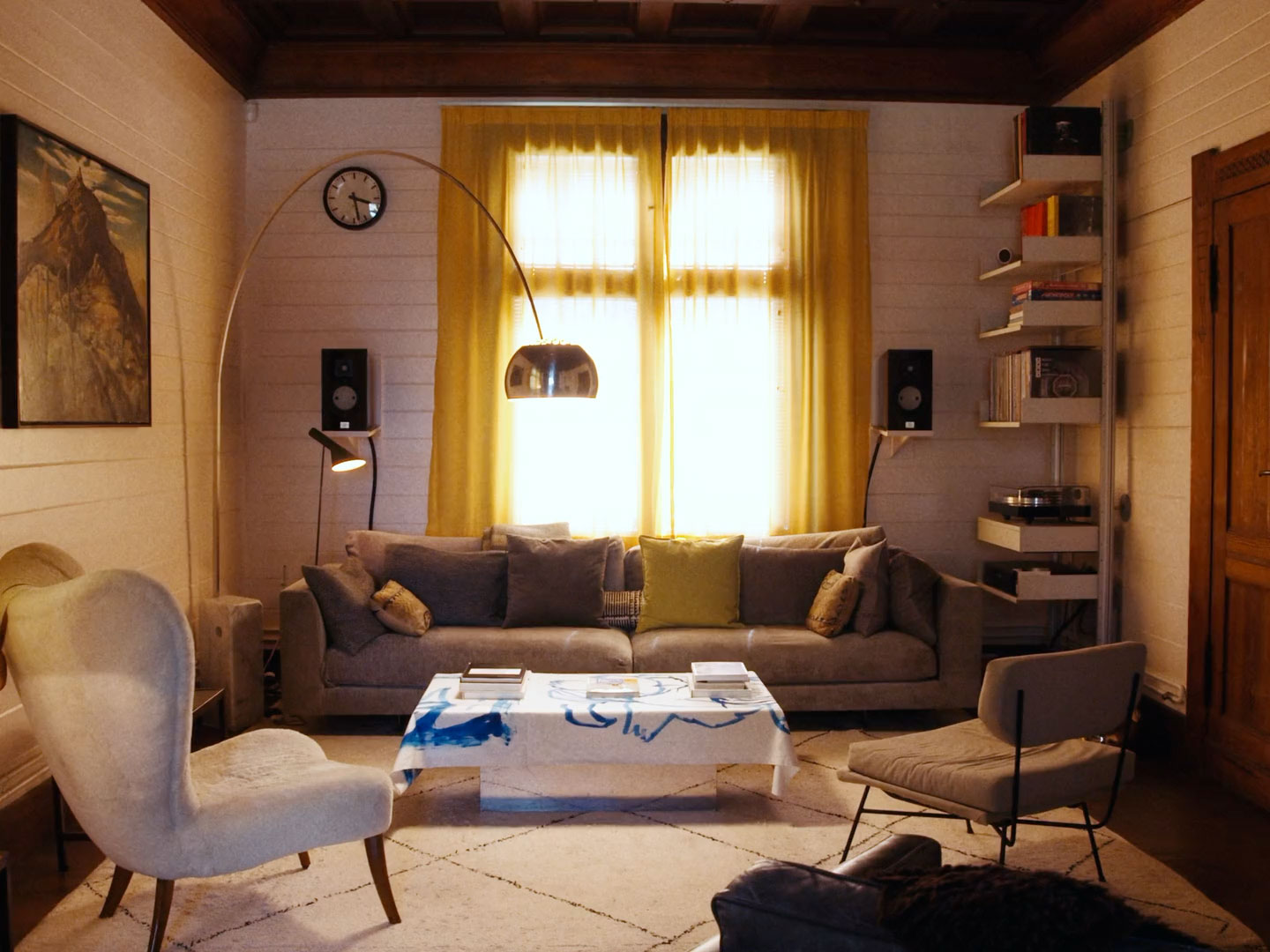
“Amusingly enough, a great many psychiatrists and analysts have had a great deal to say about my movies. I’m grateful for their interest, but I never read their articles…All this compulsion to understand everything fills me with horror. I love the unexpected more and more the older I get.” — Luis Buñuel.
Uncles fawning over their nieces, bored wives turning to prostitution, and the bourgeois having sex while their guests settle into their starters. Buñuel’s vision of sex, and in particular the taboos that drive the urges of his characters are stuck between the real and the surreal worlds he portrays. But they are also rather funny. In Belle de Jour, Severine’s unusual sexual fantasies are near ridiculous, as she lusts after a gentleman in a carriage—removed from her dull and humdrum marriage and caught up in her carnal desires.
“Sexual perversion repulses me,” Buñuel once said, “but I can be attracted to it intellectually…” His religious upbring in the Spanish town Calanga, in Aragon, instilled within the filmmaker a repressed approach to sex and sexuality. Writing in his autobiography, My Last Sigh, he recounts, “in our village, the strict separation between the sexes only served to fuel our fantasies…I’ve often wondered why Catholicism has such a horror of sexuality.” Twice a year, he would visit the brothel in Saragossa, and he and some of his friends tried (and failed) to experiment with a mare. When he moved to Paris during his early creative years, Buñuel put this fatalistic reaction to eroticism in his earlier cinema, in particular Un Chien Andalou, where the link between sex and death is present during one scene. A man caresses a woman’s breasts as his face slowly turns into a death mask. “Surely the powerful sexual repression of my youth reinforces this connection,” he wrote about this moment.

On Buñuel’s return to Spain, through to his next phase in France, and thereafter, that exact sexual repression of his youth marked the rest of his work. Bourgeois lust, incestuous desires, fetishes, and all other fantasies were presented through the mirror of his politics, as an affront on the society, the class-systems, and the banalities of his times—all heightened, made more interesting when his characters engage their darkest twisted sexual desires.
The following is an exploration of Buñuel’s dark, twisted celluloid fantasies—with excerpts from his seminal autobiography, My Last Sigh.

Viridiana (1961)
There’s something troubling about uncle Jaime. When novice nun Viridiana visits his stately manor, Jaime’s feelings for his niece are brought to the front—most explicitly when she is asked to wear a bridal gown. The original 1961 release had its ending censored in fascist Spain. The scene implies an incestuous threesome between Viridiana, Ramona, and her cousin Jorge, with Jorge claiming, in vague but sexual terms: “The first time I saw my cousin, I thought, ‘My cousin and I will shuffle the deck together.’”
According to Luis Buñuel: “I decided to write my own play about a woman I knew called Viridiana, in memory of a little-known saint I heard about when I was a schoolboy. As I worked, I remembered my own erotic fantasy about making love to the Queen of Spain when she was drugged and decided somehow to combine the stories.”
Diary of a Chambermaid (1964)
A surprisingly conventional narrative among Buñuel’s work, this film marked the beginning of his second French period. The film follows Jean Moreau’s Celestine who moves from Paris to a home of repressed perverts to begin working as a chambermaid. The elderly gentleman of the house starts to call on Celestine to satisfy his ‘whims’ (here, it is an indulgence in his foot-fetishism) but our heroine manoeuvres these wants to her own benefit to secure a place above her station. Moreau was chosen in part because of the director’s response to her feet in high heels.
According to Luis Buñuel: “I myself have always liked to watch the way women walk, and filming Jeanne was a great pleasure…her foot trembles just a bit on its high heel, suggesting a certain tension and instability.”
Belle de Jour (1967)
Catherine Deneuve is never lovelier (nor more melancholic) as a doting housewife of a simple, handsome doctor. But not everything is as it seems, after she begins working at a lively brothel in Paris—confronted by her repressed sexual urges. Buñuel would claim that this was his most financially successful film, and it is certainly among his most well-known.
According to Luis Buñuel: “In the last analysis, my only regret about [the film] is that the proprietor of the famous Train Bleu at the Gare de Lyon refused to allow me to shoot the opening scene on the premises… I also had to make cuts to please the censors, especially the scene where Georges Marchel [who hires Deneuve as a prostitute] addresses Catherine Deneuve as his daughter while she lies in a coffin. But of all the questions I am asked, the most frequent is the little box that the [Asian] client brings to the brothel. Women in particular have asked me what was in the box, but since I have no idea, I usually reply, ‘Whatever you want there to be!’”
The Discreet Charm of the Bourgeoisie (1972)
Wealth and sexual scandals are never far from each other in Buñuel’s oeuvre, an impulse enacted by the gluttonous rich who dine together, compliment one-another…and then sleep with each other’s spouses. The Discreet Charm of the Bourgeoisie projects all of these extremities in an uncomfortable series of near-dinners, as the characters struggle to sit and eat with one-another, interrupted by political activists and priests.
According to Luis Buñuel: “Another dream, habitual with people in the theatre or the movies, is the kind where I absolutely must go on stage in just a few minutes and play a role I haven’t learned. I don’t know the first word of the script. This sort of dream can be long and very complicated. I’m nervous, then I panic, the audience grows impatient and starts to hiss. I try to find someone—the stage manager, the director, anyone—and I tell them I’m in agony, but they reply coldly I must go on. I tried to reconstitute certain images from this dream in The Discreet Charm of the Bourgeoisie.”
That Obscure Object of Desire (1977)
Buñuel’s own perversions are reflected most vividly in one of his later films, as a wealthy elderly gentleman (Fernando Rey) recounts a wild fling with a spirited and beautiful nineteen-year-old Spanish flamenco dancer. Conchita is played by both Carole Bouquet and Angela Molina, as Rey’s aristocrat fetishises, and contests with, the dual aspects of her nature, and the disappointment of sexual conquest.
According to Luis Buñuel: “The impossibility of satisfying a simple desire often occurs in my movies. In That Obscure Object of Desire, there’s an ageing man who can’t satisfy his sexual desire…In addition to the theme of the impossibility of ever owning a woman’s body, the film insists upon maintaining a climate of insecurity and imminent disaster. Ironically, a bomb exploded in 1977 at the Ridge Theatre in San Francisco where the movie was being shown; and during the confusion that followed, four reels were stolen and the walls were covered with graffiti like ‘This time you’ve gone too far!’”
“While I was drowning my sorrows in the bar, after two dry martinis, I had the idea of using two actresses in the same role, a tactic that had never been tried. Once again, the combination of bar and gin proved unbeatable.”












